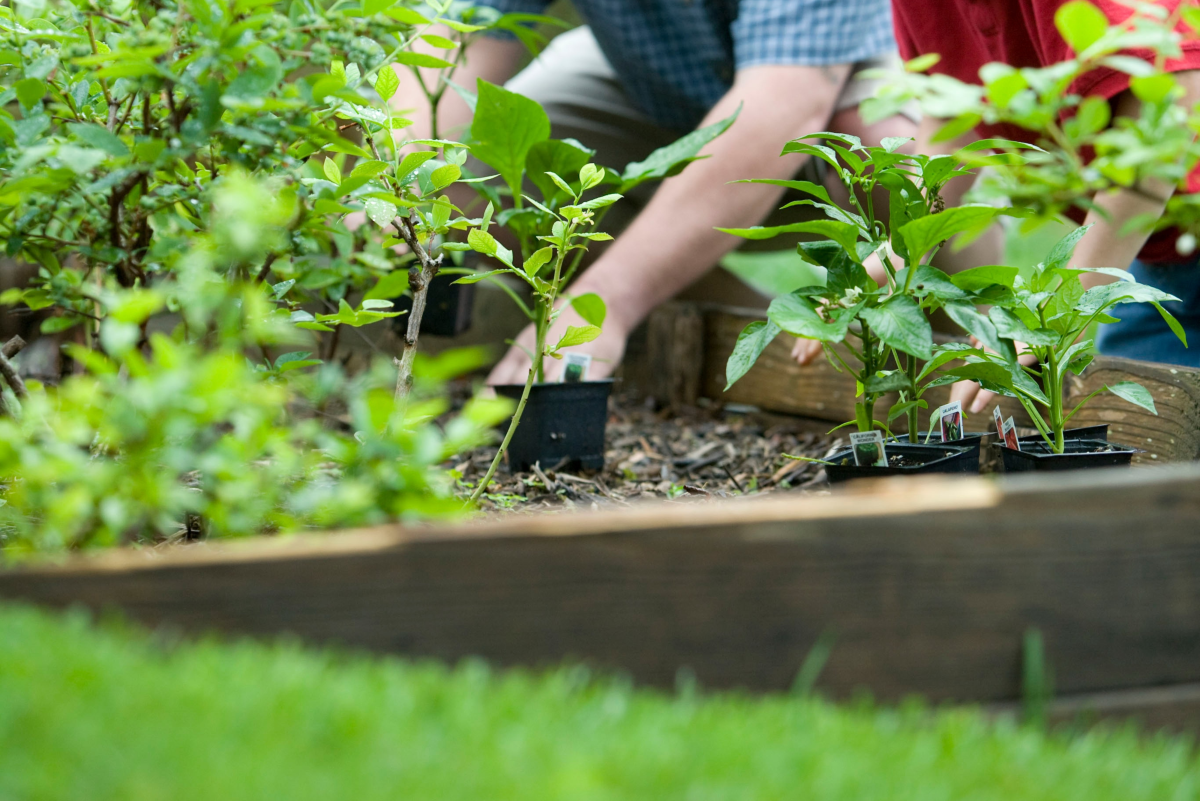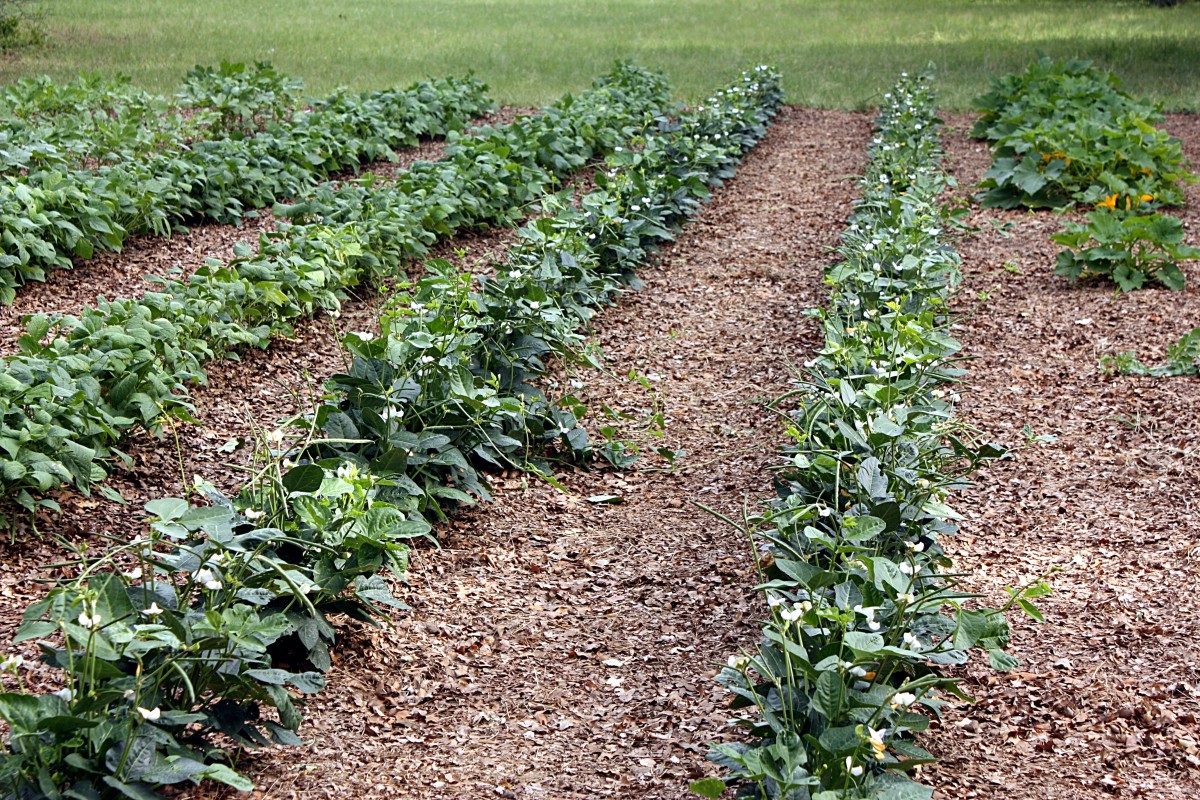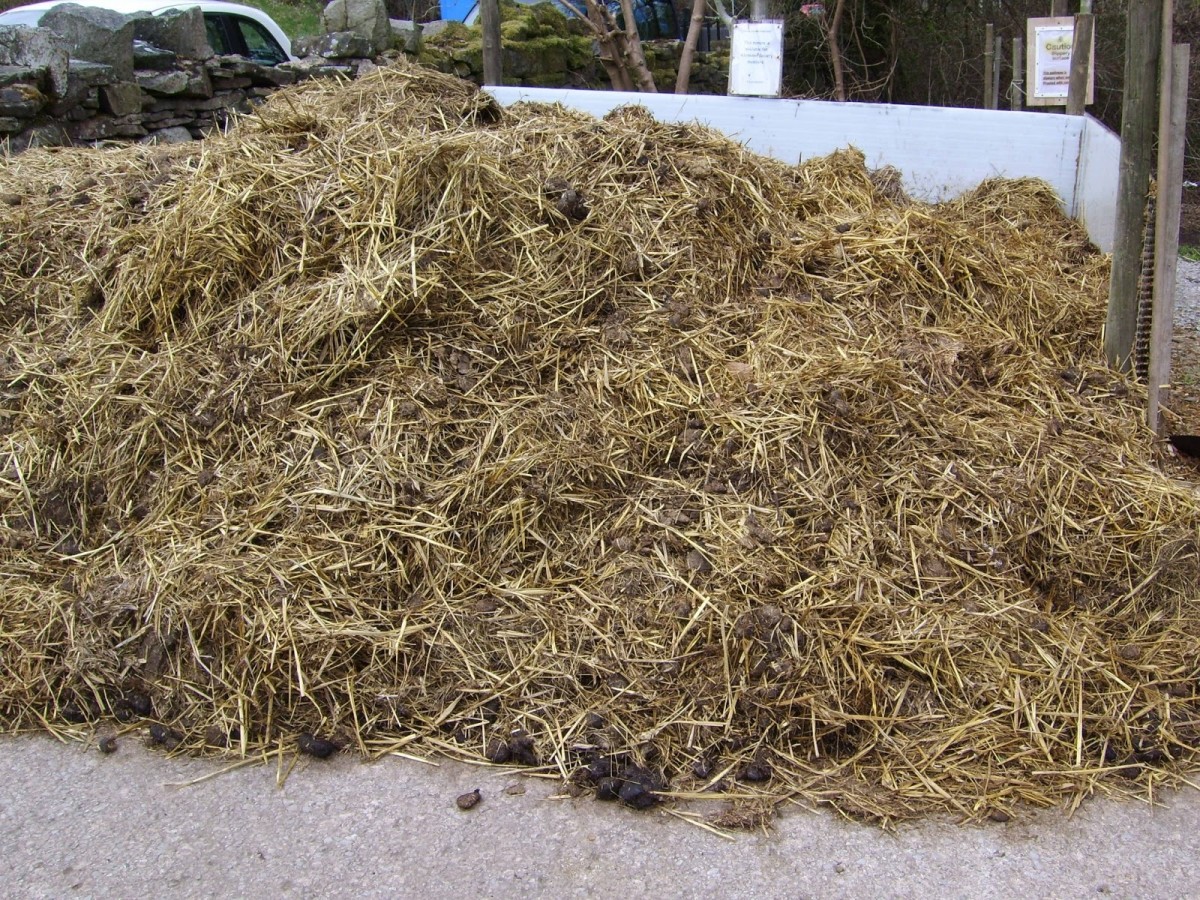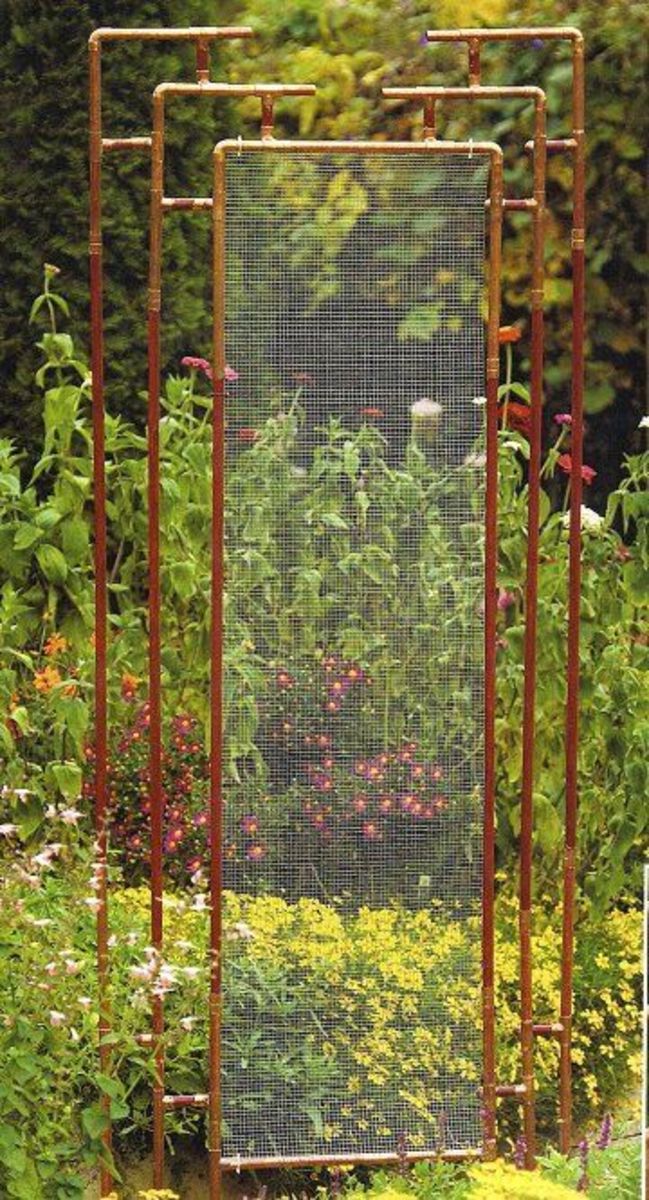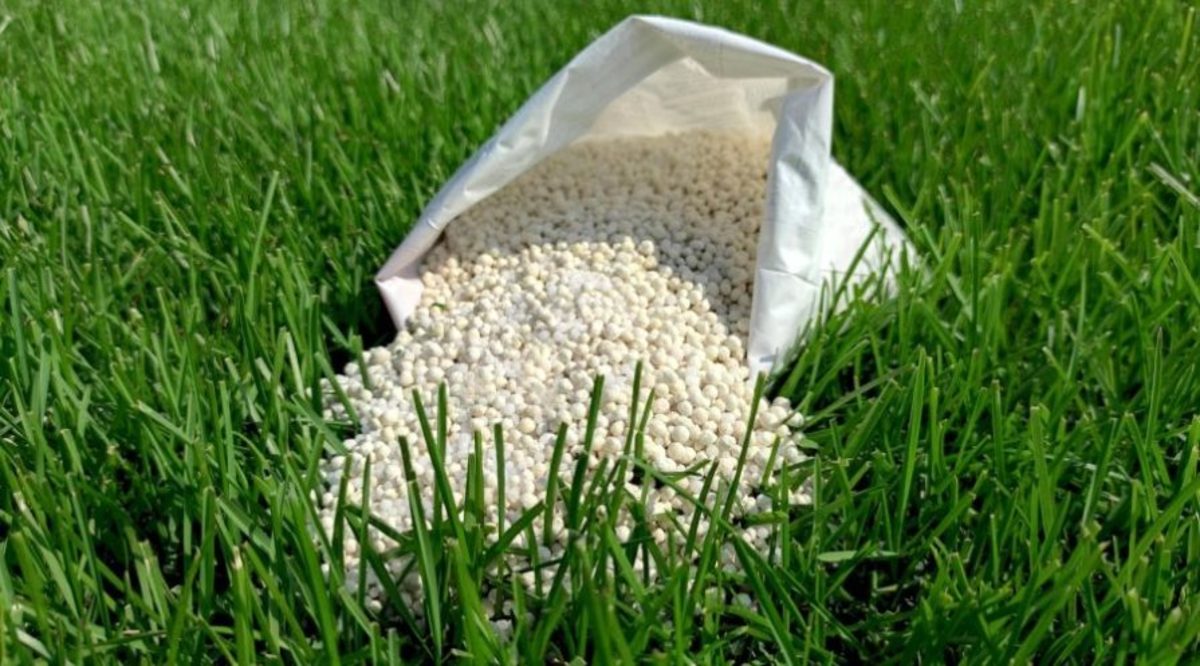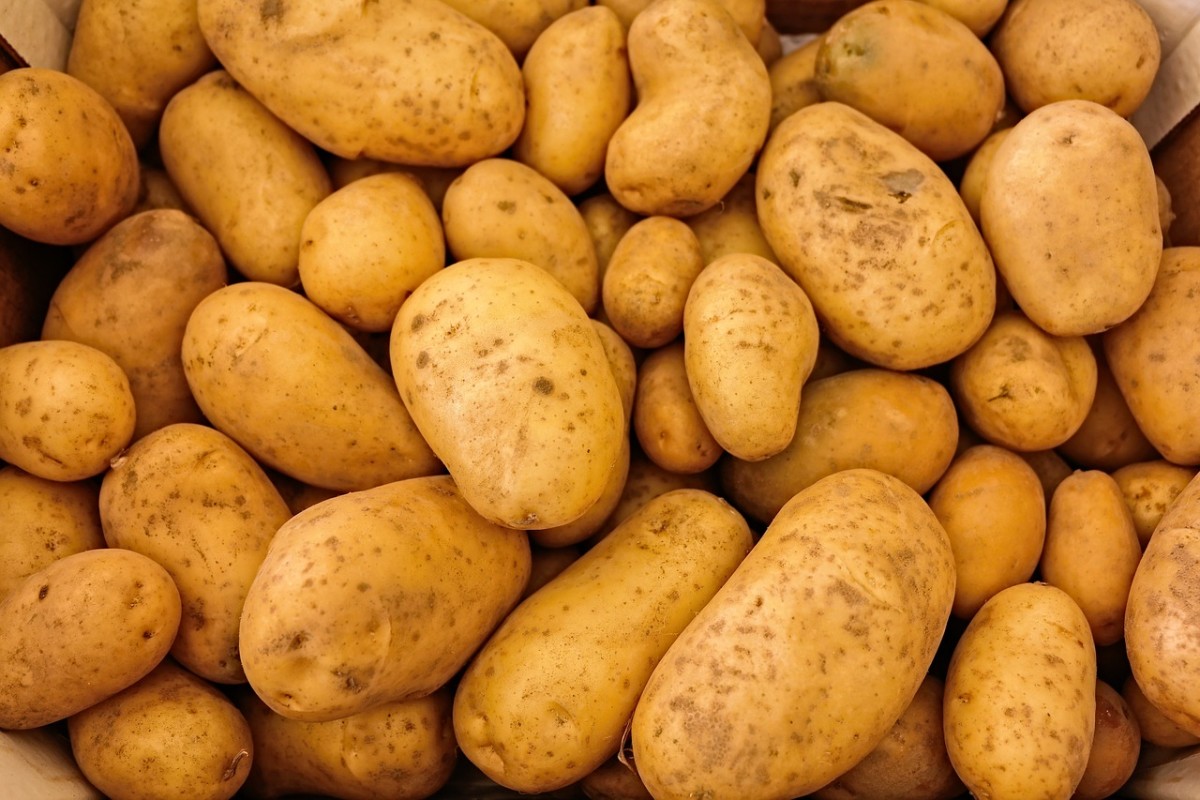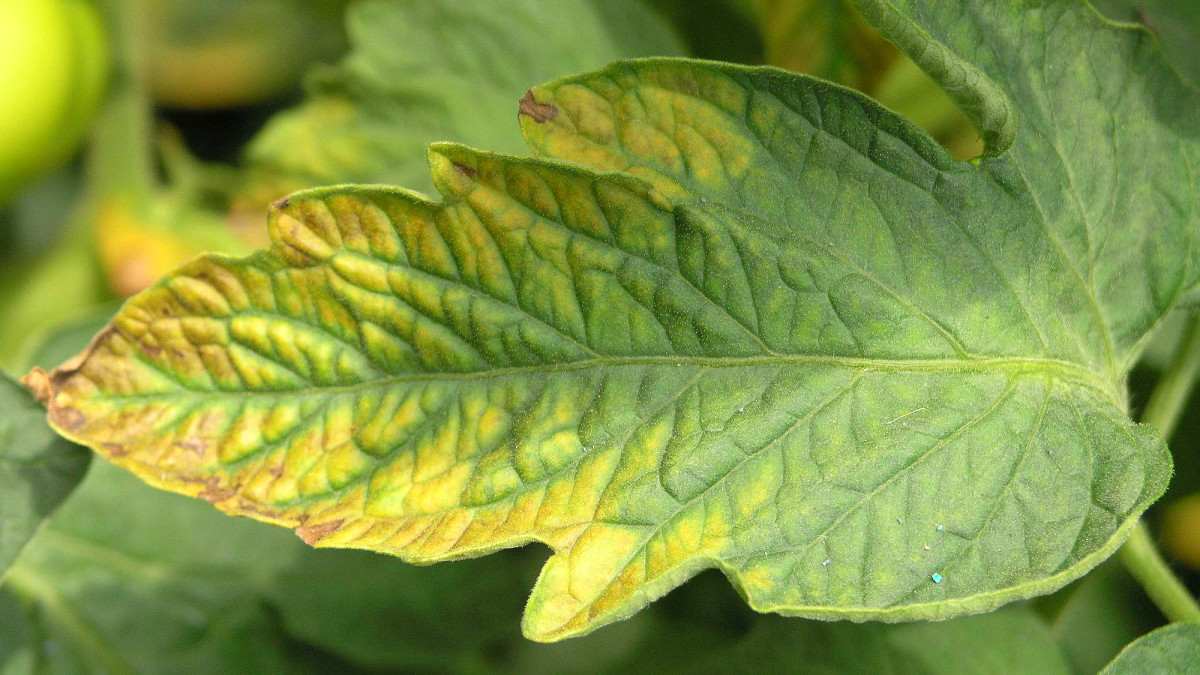Fertilize Your Organic Vegetable Garden

The mantra of the organic gardener is "feed the soil, not the plant". If you ensure a nutrient-rich growing medium, teeming with microbiotic life, then your plants will generally feed themselves. Feeding the soil is far more practical then trying to cater to the food preferences of a dozen or more fussy crop varieties, and really saves a lot of time. This is, however, not always practical and sometimes it is appropriate, and necessary, to feed your plants by adding fertilizers.
Fertilizers are not the same as soil amendments, which add organic matter to the soil. Fertilizers may add some organic matter, but their primary purpose is to provide nutrients. And unlike compost and organic matter which "feed the soil" by feeding the micro-organisms, the nutrients from fertilizers typically go direct to the plant. So before you fertilize first determine why you need to and then decide what type of fertilizer is required and how you will apply it.
These are six common reasons gardeners fertilize:
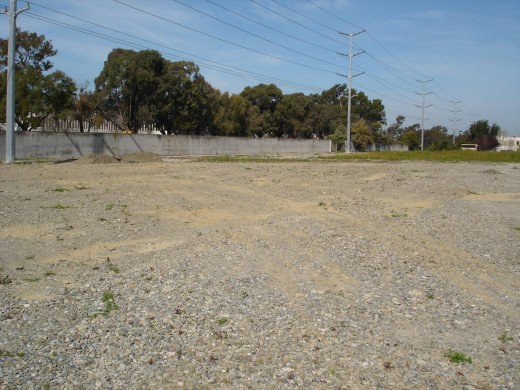
Related Hubs
- Improving Your Garden Soil
Includes a five year soil improvement plan.
You Soil Isn't Very Fertile Yet
While you are still “growing” your soil in a new garden you
will need to rely on fertilizer to ensure crops have all the nutrients they need. These
types of fertilizers intended to act slowly over an extended period of time and are incorporated into the soil.
You’ll want to plan a 2 to 5-year soil improvement program
incorporating nitrogen, phosphorus, and potassium sources, plus important
trace elements such as calcium, molybdenum, and iron. Once you develop a reliable and varied
source of compost you should be able to reduce the amount of fertilizer
amendments and use mainly compost to feed your garden. Check out the soil improvement plan in the link to the right.

Fast Growing Crops Benefit
Fast growing crops, like lettuce and spinach, taste best when they reach maturity quickly without interruptions in the growth cycle. These speed burners of the garden need a good dose of nutrients to get them off to a healthy start. Since they are in the garden for a short period, you don’t have time to correct nutrition problems, so make sure they get what they need up front. The necessary nutrients can be added to the soil, but an additional foliar feed for the plant will ensure success.
If you live in colder climes and have a short growing window, you may also want to fertilize to ensure crops reach maturity before the first frosts of Autumn.
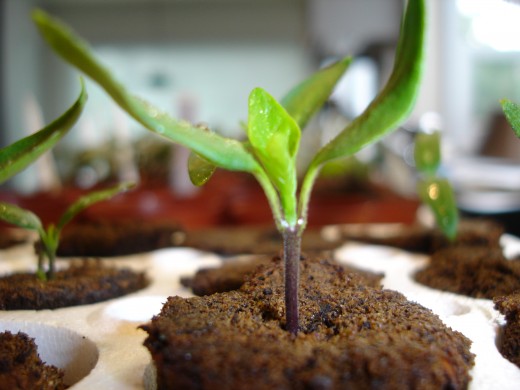
Help Over-wintered Crops off to a Fast Start
Many organic gardeners will plant hardy, slow-growing crops in late fall and have them over-winter under insulating layers of mulch or in cold frames. When the first warm, sunny days of early spring approach they are rewarded with an early crop that is already sprouted and ready to grow! Unfortunately, the lower soil temperatures of spring affect nutrient availability because the soil micro organisms are not very active when the ground is cool. Consequently, they are not doing their job of breaking down organic matter and making it available to plants. Feeding the plants directly will get them started; once the soil warms the microherd will get busy and start feeding them for you.
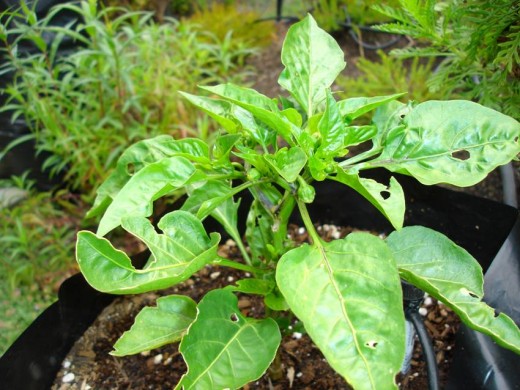
Boost Stressed Plants
Yes, even plants feel stressed sometimes. Transplanting, inclement weather, too much or too little water, and insect pests can all stress crops to the point that their immunity and resilience are weakened. If this occurs the plants are far more susceptible to disease, poor growth, and low yields. Weakened plants, like lame caribou, become favored targets for predators, which only adds to their woes. Happily, fertilizers can give stressed plants a life saving "pick me up". I always recommend gardeners give crops a half-strength dose of liquid fish emulsion or similar nutrient feed immediately after transplanting and then a full-strength dose every few weeks if less than favorable growing conditions are present or anticipated. This frequently gives the crops the extra lift they need to beat back their troubles and reward you with a bountiful harvest.
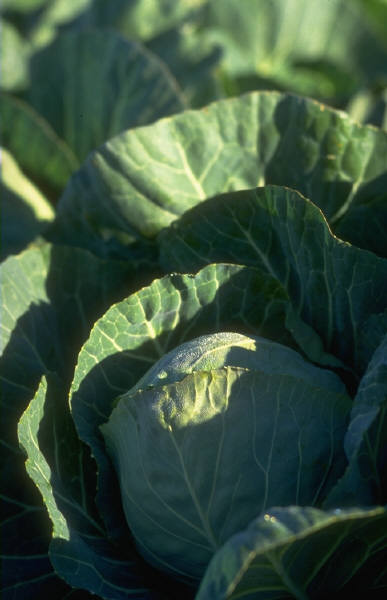
Help Maximize Yields
Okay, so organically grown crops will rarely match the size and beauty of commercially grown and fertilized veggies. That doesn't mean you have to accept scrawny plants and measly yields. A few well-timed doses of a nutritionally balanced organic fertilizer will do wonders for your garden's output. It's not cheating if the fertilizer is certified organic! Your mature crops need their biggest boost of nutrients at flowering and fruiting. A good foliar feed at these crucial times will ensure they develop their best potential harvests.
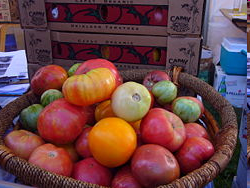
Feed Long Season Crops
Long season crops like tomatoes, eggplants, peppers, and squash will produce beautiful veggies for you all season until felled by frost. Such heavy duty production, however, comes at a cost because long season crops are also your garden chow hounds. They will use up soil nutrients and go begging long before they season is over, and their yields will suffer if their food source is not replenished. Consequently, these crops need a mid-season boost to get them through to summer’s end. This can be a foliar feed or soil “side dressing”, but plan on a scheduled fertilizer regime that feeds them every 7 to 10 days depending on the crop, your soil's fertility, and the growing conditions.
- National Organic Program Organic Certification
USDA's National Organic Program regulates the standards for any farm, wild crop harvesting, or handling operation that wants to sell an agricultural product as organically produced. - National Organic Program
The National Organic Program (NOP) develops, implements, and administers national production, handling, and labeling standards. - Welcome to the Organic Materials Review Institute |
OMRI Listed products undergo a rigorous review to ensure that they comply with USDA organic standards. The online list of products is updated regularly to contain the most current information. Search our Products List to find products or subscribe fo

Reading Fertilizer Labels
Even though you are doing a beautiful job supplying your garden beds with plenty of nutritious compost, if you are still building up the soil of a newly dug bed or planting heavy feeding veggies like tomatoes and squash you will need to supplement the soil with fertilizer. The following information will help you analyze a fertilizer label and decide what is best for your garden’s needs.
Is it organic? Some fertilizer labels may say the product is “organic” even though it contains synthetic compounds. One way to ensure you are getting an all-organic fertilizer is to look for the three-leaf logo of the National Organic Program (NOP), which is overseen by the U.S. Department of Agriculture. Manufacturer’s that include the logo on their labels must conform to USDA standards that prohibit use of synthetic substances.
Another logo to look for is OMRI™ Listed. OMRI is an acronym for Organic Materials Review Institute, which reviews products to determine whether they meet the NOP standards. If you don’t see one of these logos, read the ingredient list and don’t purchase the product if you see substances like ammonium, nitrate, urea, or superphosphate.
Read the Box!
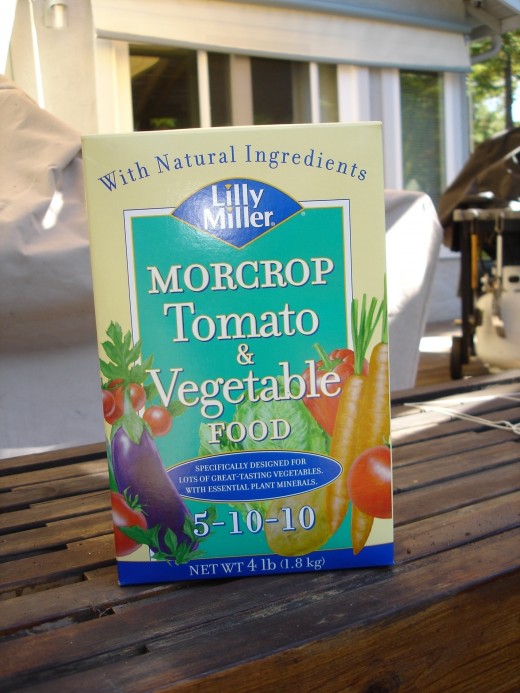
Straight or compound. Some products contain a single plant nutrient. These are call “straight” fertilizers. Examples are ammonium sulfate (a synthetic product commonly used on lawns) and feather meal (an organic product). Products that contain more than one nutrient are called compound fertilizers. Typically they contain nitrogen, phosphorus, and potassium and other trace elements such as boron, calcium, molybdenum, and magnesium. Be careful when selecting a straight fertilizer because they tend to be “hotter” than compound fertilizers and may burn plants.
NPK ratio. This will say something like 10-10-10, 1-1-20, 0-6-0 or numerous other combinations. The first number measures the proportion of nitrogen in the product; the second number measures phosphorus; and the third number measures potassium. These are the three major nutrients required by plants. So a NPK ratio of 10-5-2 indicates the fertilizer has a greater proportion of nitrogen then phosphorus or potassium. A product where all three numbers are the same or close, such as 5-5-5, is called a “balanced” fertilizer. In other words, if you use this product your plants will receive an equal amount of nitrogen, phosphorus, and potassium. Knowing the NPK ratio is important if you are using fertilizers to treat a nutrient deficiency in a certain crop. (Follow the link to " Vegetable Plant Nutrient Deficiencies" for more on this). For example, if your tomatoes need a fast nitrogen boost, you may want to select bloodmeal with an NPK ratio of 11-1-0. If your green beans need more potassium, you might select greensand with an NPK ratio of 0-0-7.
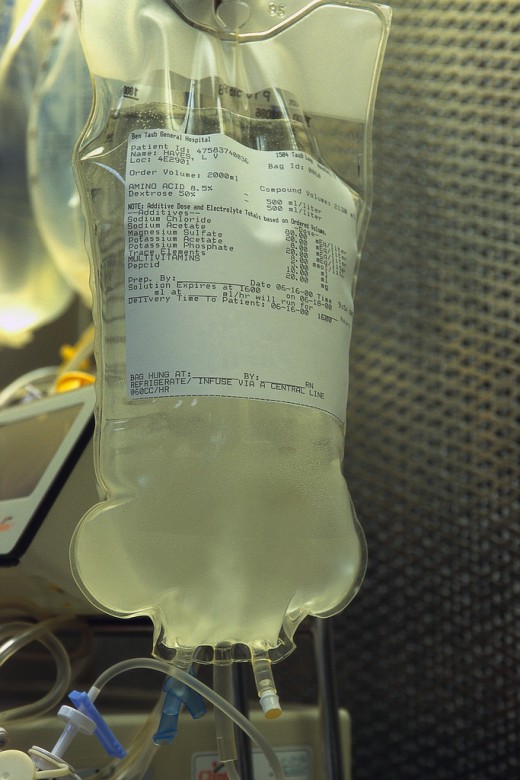

- Peaceful Valley Farm Supply
An excellent site for organic grower's products. They sell liquid and solid fertilizers. - Keep It Simple Compost Tea Brewers and Composts
This company sells "tea" kits. - How to Make Compost Tea
Detailed instruction on the supplies needed and a "tea" recipe. - Foliar fertilizer
Foliar feeding is an effective method for correcting nutritional deficiencies. This site will provide more information and tips.
Liquid or Solid Fertilizer?
Liquid and solid fertilizers serve different purposes so know what you want to achieve before your select your fertilizer.
The
purpose of LIQUID FERTILIZERS is to provide direct nourishment for your
plants, not the soil micro organisms.
Types of potent liquid fertilizers include fish, kelp, or seaweed
emulsion; compost or manure “tea”; or the commercial brands such as Miracle
Grow (although as an organic gardener I don’t use synthetic fertilizers.) Liquid fertilizers provide a quick
nutrient boost and stimulate fast plant growth, but they are a temporary measure. Do not use liquid fertilizers as a replacement for a good soil amendment program.
You can apply liquid fertilizers as a foliar feed or as a soil drench. Foliar feeds are sprayed over the plant’s leaves; soil drenches are poured over the soil around the plant to be absorbed by its roots.
Think of a foliar feed as an IV for plants. Since plants can absorb nutrients through their leaves 8 times as effectively as through their roots, foliar feeding is the quickest way to get fertilizer into their systems. They are quite useful for seedlings (which need a good deal of nutrients to grow properly), new transplants (to help them overcome transplant shock), and stressed plants (to make them strong). It is also good for leaf crops because extra nitrogen encourages leaf growth over fruit growth.
A soil drench takes nutrients to the plant’s roots, so it take longer to have the desired effect but provides more lasting help.
Tips for Use:
- Liquid fertilizers are best applied at plant flowering, fruit set, and fruit ripening time when the plants need an extra power boost. If you are applying liquid feeds because you have noticed signs of nutrient deficiency in your plants, then use every ten days until the symptoms start to disappear.
- Always mix foliar feeds according to directions and use them at half strength on seedlings and transplants.
- Apply with a spray mister or fine nozzle on your hose and spray until the moisture runs off the leaves.
- The
best time to foliar feed is early evening when your plant’s stomata are open and better able to absorb the nutrients. Otherwise feed on an overcast day or in early morning so the liquid dries before the sun can damage the wet leaves. Don't foliar feed on hot days when plants close their stomata to conserve moisture.
- Plants with waxy leaves, like cabbage, don’t respond as well to foliar feeds!
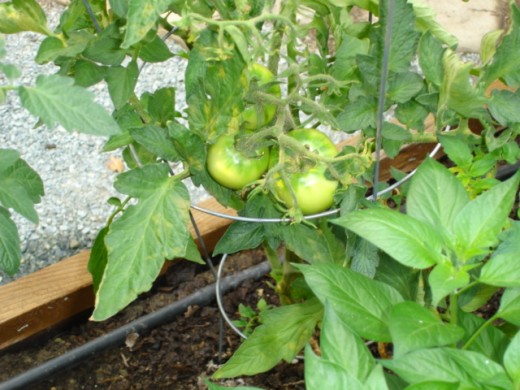
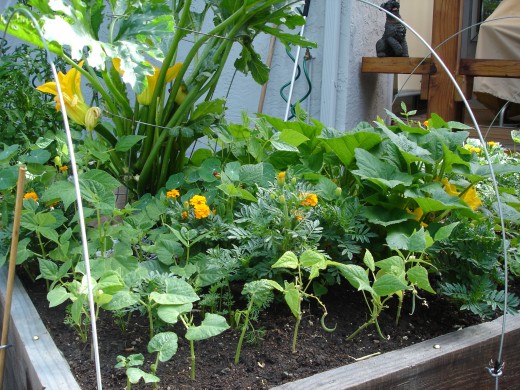
- A Homeowner\'s Guide to Fertilizer
Understanding the fertilizer label, calculating nutrient content, selecting a fertilizer grade & spreading fertilizer. - GAT Fertilizers
Fertilizer facts for fertilizer geeks.
The purpose of SOLID FERTILIZERS is to provide nourishment for the microherd, the soil organisms that drive your soil’s life processes, not the plants. Consequently, solid organic fertilizers are called “slow release” because it is the action of the microherd that breaks them down and releases the nutrients in a form the plants can use. Solid fertilizers provide slow, steady growth; which is the best kind for sturdy, healthy plants.
Generally, if your soil is in decent shape you only need to add solid fertilizers once in mid-season. If you are still building your soil, fall and spring applications will be beneficial. Applications times vary with the amount of time it takes the fertilizer to break down. Phosphates are notoriously slow to break down, so don’t do much good until 3 to 6 months after you have applied them. Plan ahead for spring and add phosphates to your garden in the fall. It’s also smart to add it to your compost pile; it will be ready when the compost is and will make those compost worms very happy!
Manures, which are rich in nitrogen, are best applied in the spring because winter rains will quickly leach the nitrogen out of it. Same with the other nitrogen-rich fertilizers such as alfalfa meal or cotton-seed meal.
Tips for Use:
- Solid fertilizers applied as general amendments in the fall to prepare for spring can be evenly sprinkled over the bed and left. The earthworms and microherd will incorporate it into the soil for you. In the spring it should be forked into the top few inches of soil.
- Solid fertilizers applied for specific purposes, such as a boost to long season crops, should either be added to the planting hole or as a “side “dressing”. To side dress you simply sprinkle the fertilizer on the soil surface just outside the plants root line and gently work it into the top two inches or cover with mulch. Don’t allow solid fertilizers to touch plant stems as it can burn!
- Apply solid fertilizers to moist soil. This is when microherd activity is highest and gets them to work faster!
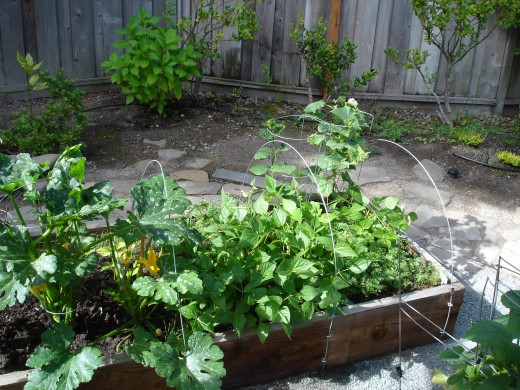
Don't be afraid to use fertilizers in your garden. Just make sure they are organic and selected to achieve the desired effect. Then spread it around!
See you in the garden!

